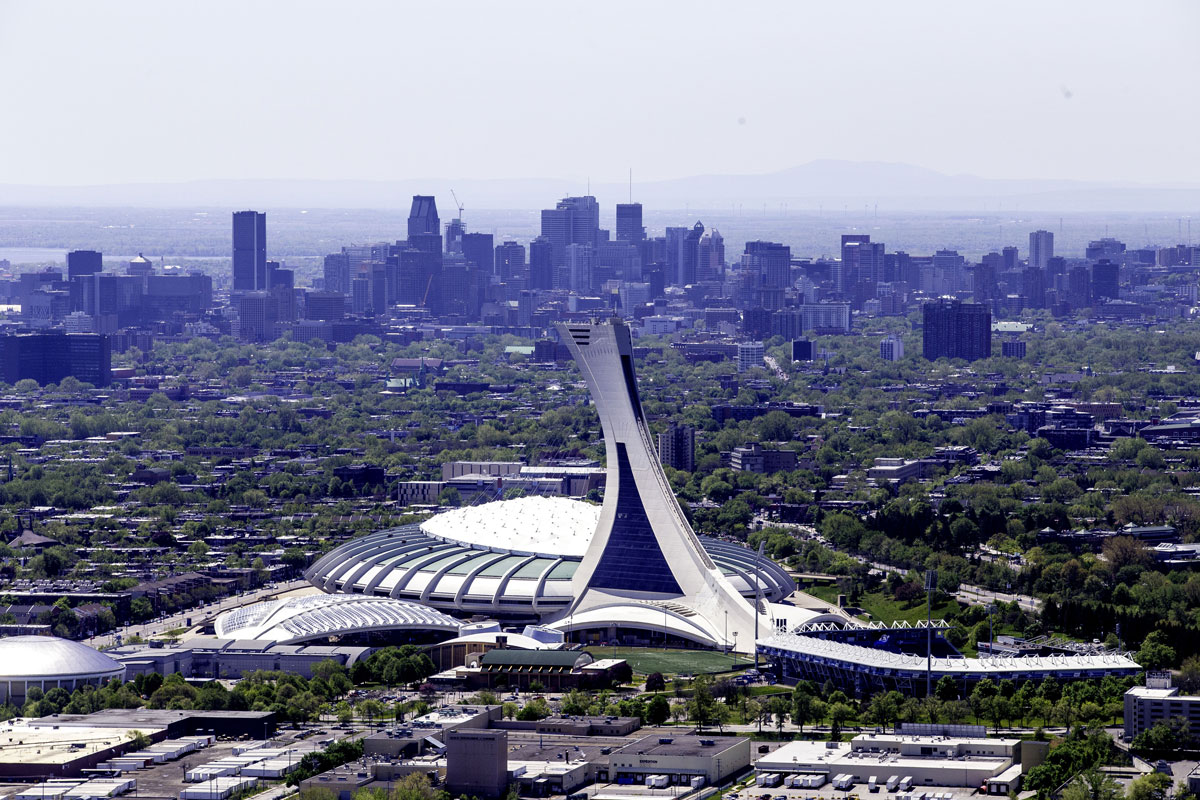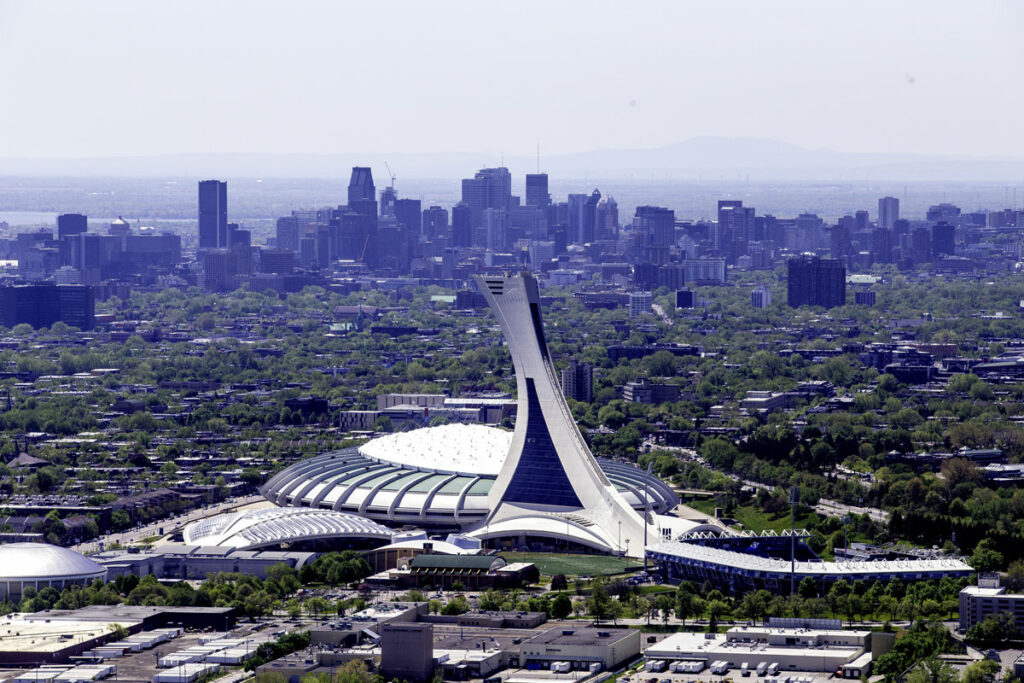
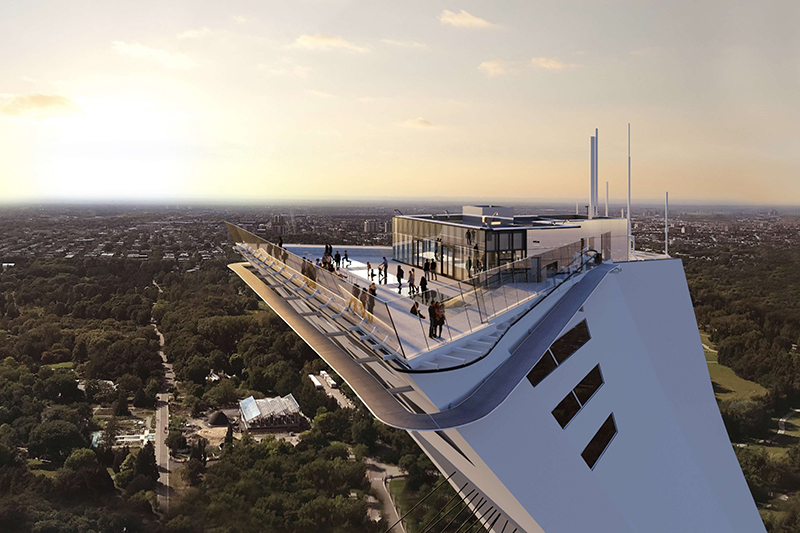
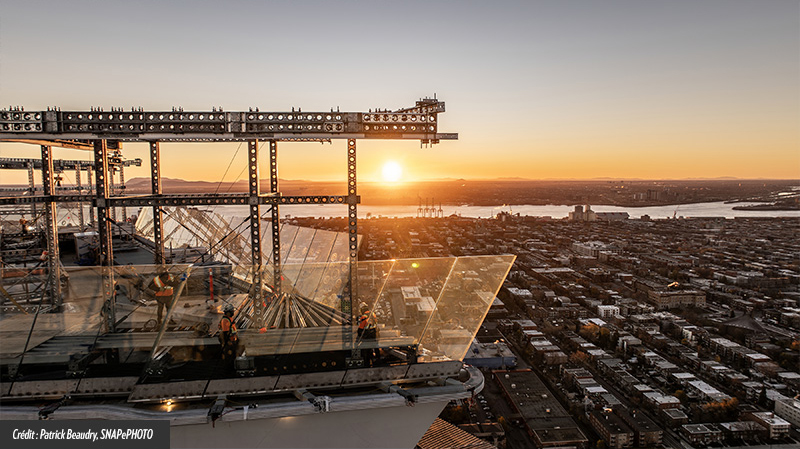

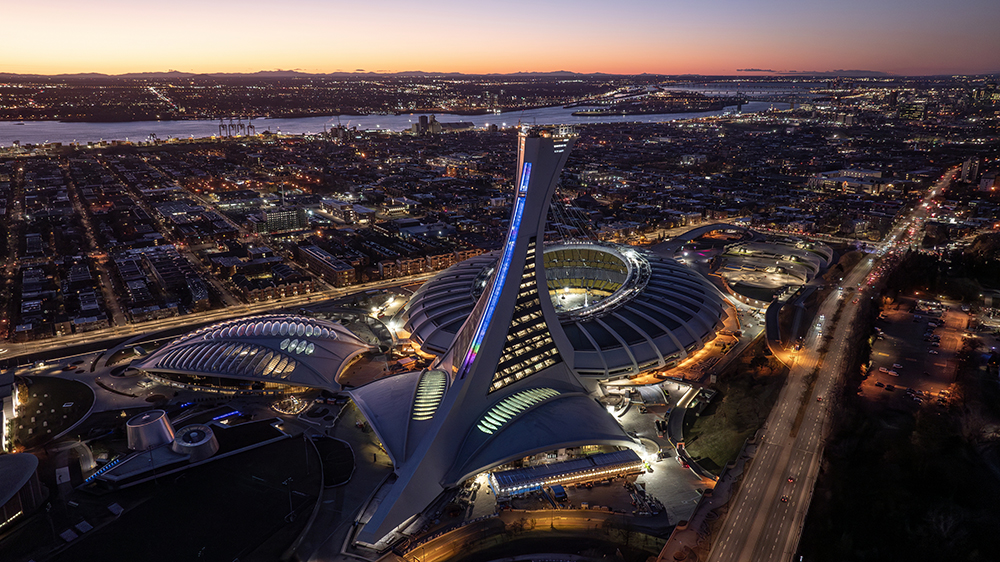
Le Parc olympique entame un imposant projet de rénovation des espaces touristiques de la Tour de Montréal, l’ouverture est prévue vers le printemps 2027.
Accueil »
Accueil »
La Tour de Montréal, la plus haute tour inclinée au monde, se réinvente avec un projet de rénovation unique. Préparez-vous à découvrir une expérience touristique inédite, incluant un accès au toit et un nouveau funiculaire vitré. Le Hall d’accueil et les étages touristiques seront entièrement transformés pour offrir une vue exceptionnelle sur Montréal. La réouverture est prévue pour le printemps 2027, marquant une nouvelle ère pour ce symbole emblématique de la ville.
